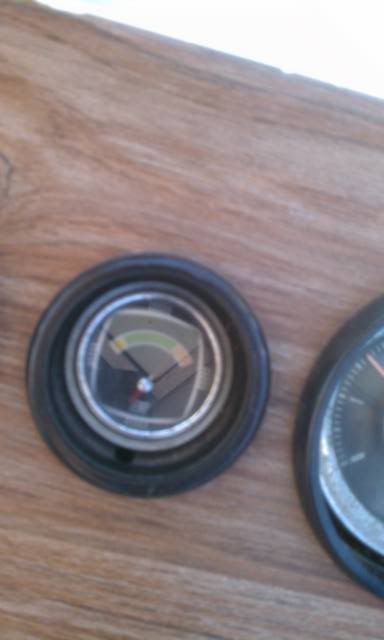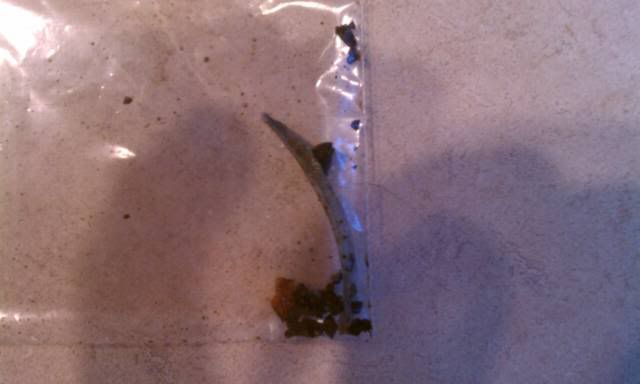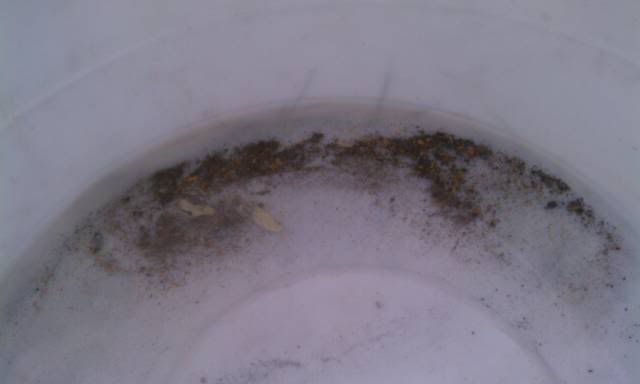motogizmo
New Member
The condition is on a boat new to me. SRV240, TRII outdrive, Fresh water cooling. She is running hotter than I would like at 3200 plus RPM. I would say 180 to 190 Degrees. Can't test it at this point. I have a point and shoot thermo reader, but sourcing parts is keeping her out of the water. She comes up to normal operating temp very fast and stays there at an idle. Hit the gas ans she climbs fast. I figured that it was an automotive 180 degree thermostat, but on inspection I found no thermostat.
At this point I have checked:
1. Water intake strainer is clean.
2. Water pump has a new impeller.
3. Trans cooler is new and clean.
4. power Steering cooler is clean.
5. Fresh water cooling tank is clean.
6. Exhaust risers are clean.
7. Nipples on the risers are not bottomed out.
8. Exhaust flappers are total gone. (I have new ones on order)
9. I have checked the drive for pieces, but have not taken it apart.
10. All the hoses are new and the right type.
11. Water and exhaust are moving though the drive.
On the engine:
1. New 140 degree thermostat.
2. New hoses.
3. Good visual check of the water pump it is flowing coolant.
4. The exhaust manifolds are new.
5. The thermostat housing has been cleaned and painted, the bypass is no longer obstructed.
6. Cap seems to be in good working order.
7. The timing is spot on.
8. The carb is running a little rich if anything
9. The fresh water cooling is OEM Merc.
10. There is no evidence of a blown head gasket.
11. Engine has 60 hours on it.
12. Oil looks like new
I plan on taking her out and testing again with the laser temp reader. The gauge could be off, but my nose and hand say it is right. What am I missing here. I know 180 to 190 is, but not with no Thermostat. She comes up to temp fast. I feel she should be at 165 tops. I know this topic has been well gone over, but after 3 hours of reading back posts, I have no new ideas and no smoking gun. Thanks in advance for your reply's.
At this point I have checked:
1. Water intake strainer is clean.
2. Water pump has a new impeller.
3. Trans cooler is new and clean.
4. power Steering cooler is clean.
5. Fresh water cooling tank is clean.
6. Exhaust risers are clean.
7. Nipples on the risers are not bottomed out.
8. Exhaust flappers are total gone. (I have new ones on order)
9. I have checked the drive for pieces, but have not taken it apart.
10. All the hoses are new and the right type.
11. Water and exhaust are moving though the drive.
On the engine:
1. New 140 degree thermostat.
2. New hoses.
3. Good visual check of the water pump it is flowing coolant.
4. The exhaust manifolds are new.
5. The thermostat housing has been cleaned and painted, the bypass is no longer obstructed.
6. Cap seems to be in good working order.
7. The timing is spot on.
8. The carb is running a little rich if anything
9. The fresh water cooling is OEM Merc.
10. There is no evidence of a blown head gasket.
11. Engine has 60 hours on it.
12. Oil looks like new
I plan on taking her out and testing again with the laser temp reader. The gauge could be off, but my nose and hand say it is right. What am I missing here. I know 180 to 190 is, but not with no Thermostat. She comes up to temp fast. I feel she should be at 165 tops. I know this topic has been well gone over, but after 3 hours of reading back posts, I have no new ideas and no smoking gun. Thanks in advance for your reply's.
Last edited:








